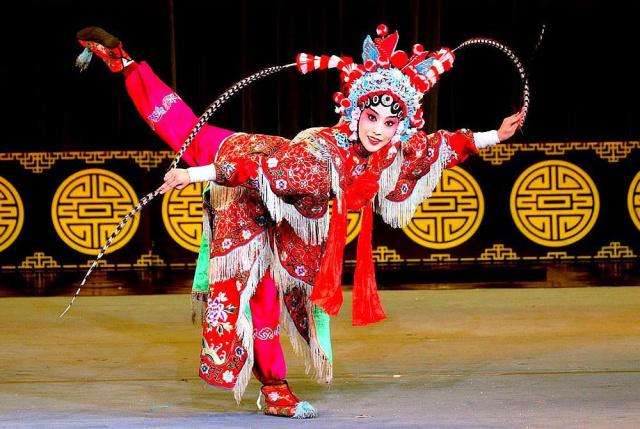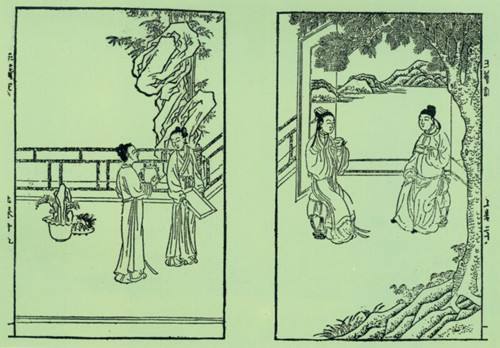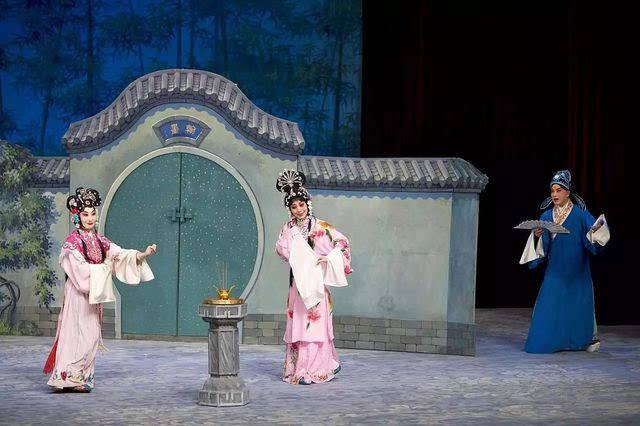Opera Tune Systems of the Ming and Qing Dynasties
3 min readAfter the mid-Ming dynasty, nanxi grew into different variants in southeast provinces. Zhu Yunming mentioned in his book Yuyao tune, Haiyan tune, Yiyang tune and Kunshan tune, which spreaded quickly to various localities in the south afterthe four tunes of nanxi prevailed. More new tunes emerged by the reign of Emperor Jiajing of Ming dynasty.
Originally, nanxi was in the form of song without accompaniment. By the late period of Emperor Jiajing, some senior composers made it elegant by accompanying Kunshan tune with three-string fiddle, violin, flute and vertical bamboo flute.

Kunshan tune gradually won the favor from literati and scholar-officials as it was gracious and refined in music and became”official tune”in the reign of EmperorWanli. The scripts of romance play in the late period of Wanli were largely written in Kunshan tune.
After Kunshan tune was transformed into Kun tune, the other tunes of nanxi were called high pitched tunes one of which gradually became popular in Beijing and was called Jingqiang (Beijing tune) in the reign of Emperor Kangxi. There also emerged some new tune systems in the folk melodies prevailed in the north, such as Xiansuo tune in Central Plain and Western Qinqiang in Longxi (west of present Gansu province). Xiansuo tune was based on folk melodies and short lyrics in different localities and most commonly accompanied by such string musical instruments as three-string fiddle, lute and zheng. It was widely distributed, but mainly thrived among the common people and rarely got the attention from the literati. Xiqin tune emerged in areas around Longxi with different styles of Qinqiang. It is accompanied by Bangzi(wooden clapper with bars of unequal length) to produce a strong rhythmand yueqin and later Hu-qin (Chinese fiddle). In the early Qing dynasty, Qinqiang cast its footprint all over the country, entered Beijing by the Qianlong period, and once shook the prevailing role of Jingqiang in Beijing.
Kun tune is the earliest yabu(refined tunes), while the other tunes are all called huabu (vulgar tunes). In the Qing dynasty, the tunes of huabu once competedwith yabu for three rounds. The first round of competition happened between Kunqu opera and Jingqiang. By the reign of Emperor Qianglong, Jingqiang got the upper hand as was favoured by the nobles, and became imperial tune for court performance.

Jingqiang broke away from huabu just about the time it entered into the palace and began to separate from the high-pitched tune among the people. Jingqiang’s upgrade into a refined tune was followed by contention from Qinqiang whose performers concentrated in Beijing in the middle of Qianlong period and gradually overwhelmed Jingqiang. The most outstanding performer was Wei Changsheng. However, he was laterforced to join Yikun troupe and then left Beijing because Qing government banned Qinqiang in 1785. In 1790, Anhui opera troupes came to Beijing to participate in performances for the celebration of the 80th birthday of Emperor Qianlong. Sincethen, the huabu represented by Anhui opera troupes gradually dominated the opera stage in Beijing, marking the birth of Peking opera.
The success of huabu in Beijing actually reflected the development of Chinese theatre arts in the whole country. The popularity of Qinqiang in different localities gave rise to Bangzi tune which gradually developed to Bangzi tune system.

Kunshan tune and Yiyang tune evolved to Kun tune system and high-pitched tune system. Together with Xiansuo tune system, they form the four great tune systems in Chinese opera under which the abundant and varied local operas could all be fallen.








